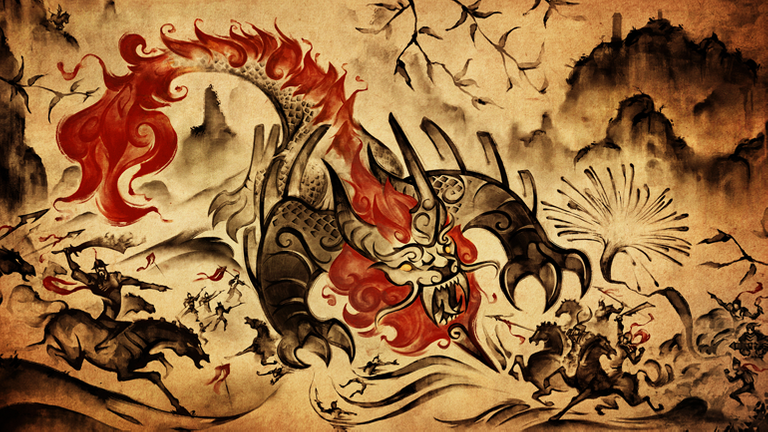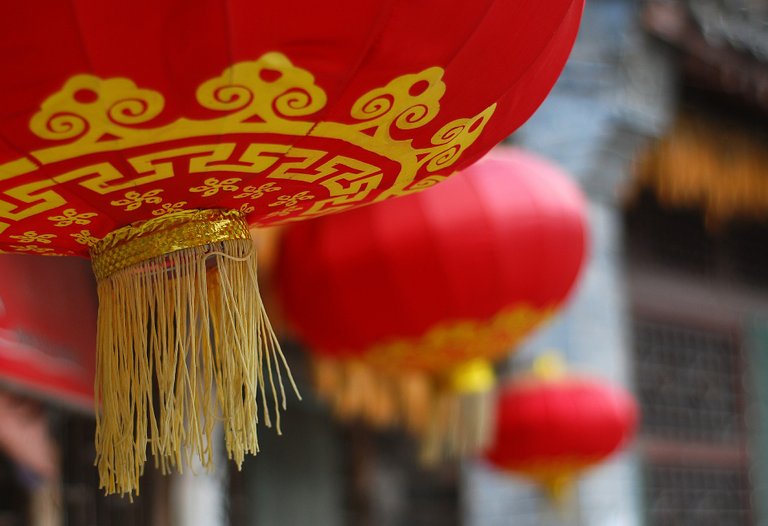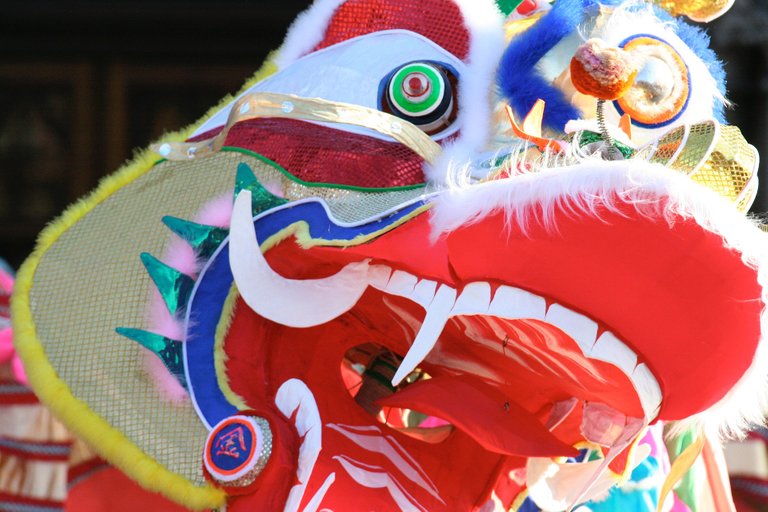Chinese New Year, officially designated as the Spring Festival, is the most important celebration in China as well as other Asian countries with a large contingent of Chinese people, such as the Philippines. The date moves because it follows the lunar calendar i.e. the orbit of the moon around the earth rather than the Gregorian calendar i.e. the orbit of the earth around the sun, but it usually falls somewhere between January 30 and February 20. For example, Chinese New Year for 2018 is on February 16.
It is important to note that Chinese New Year doesn’t actually celebrate the start of a new year as Western countries celebrate the new year. Instead, it celebrates the start of the growing season i.e. spring as befitting an agrarian society. It is perfectly reasonable to celebrate such an event in style as it is a crucial part of that society’s survival. However, that does not explain why the Chinese and other Asian societies with a heavy Chinese influence celebrates it with firecrackers, red lanterns, and blazing lights throughout the night, and people travel great distances to go to their hometowns.
Generally, Chinese traditions are rooted in centuries’ worth of religious beliefs legends and myth, and not a few imperial commands. The most popular legend regarding the origin of Chinese New Year traditions, however, stems from the fear and eventual banishment of a mythical monster, for whom the celebration is named.

source
According to legend, thousands of years ago there was a horned monster called NIan who lived in the depths of the sea (or the top of the mountains, depending on the source) the whole year round. Nian translates to both “ripe grains” and “year,” which in this context refers to both historical and mythical records. Thus, the Xin Nian translates to either New Ripe Grains or New Year, although most Chinese use the term Guo Nian, which means “pass over Nian” or “overcome Nian,” which you will see why in just a bit.
Nian had the body of an ox and the head of a lion, and it would emerge on the eve of the first day of the lunar year because it was hungry, having had nothing to eat during the winter. It would hunt livestock, eat crops, steal any children that it may encounter, and generally strike terror in the heart of the human populace. In one version of the story, people tried to appease the monster by leaving food on their doorsteps so the monster would leave them alone. In other versions, the people would hide from Nian by fleeing to the mountains, locking up their homes and hoping for the best. This went on year after year with no relief in sight.
Legend has it that on the eve of the first day of the lunar year, an old man came into the village just as people were preparing for their annual exodus to the mountains. He was a distinctive figure despite his beggar’s clothes, with “eyes twinkled like stars and his beard was silver.” Naturally enough, people had no time to spare for the stranger as they were in a hurry to get away from the village. That is, save for an old woman, who let him in, gave him food, and urged the old man to flee with them. The old man refused, smiling as he promised, “If you allow me to stay at your home for the night, I'm sure to drive away the monster Nian." The old woman shook her head in disbelief, and left him to join the others.

source
The next day, the people came back to the village to find, to their shock, that everything was as they had left it the night before. When they arrived at the old woman’s house, they found it plastered with red paper, bamboo cannons still puffing out explosions, and lights illuminating the home.
The old man, who was nowhere to be found, they surmised was a deity who came to show them how to drive away Nian with the color red, loud noises, and light. They hurried to relatives and friends nearby villages to spread the word, so that Nian would also leave them alone. Thus, the tradition of red paper couplets, firecrackers, and nightlong festivities began to signal the beginning of the Spring Festival, or the Guo Nian.

This is a good read. So Nian is like the inspiration of those lion dances that we see? I thought it looked more like a dragon than a lion.
Thanks for the compliment. I believe the lion dance and dragon dance are traditions that go way back. It should have some relation to the Nian story but I couldnt find any conclusive information online. However I took the libery of finding the differrence between the lion and dragon dances hope that helps :)
I am always fascinated of those dancing dragons every Chinese New Year. I love how they celebrate the festival, so noisy, powerful and colorful.
Yes! It's very noisy the cymbals clashing like cheap brass, but it draws you in to watch the dance. Thanks for reading :)
always the bamboo is a wonderful tool for the chinese people. grettins
sorry wut? xD
Hi @ladydiana! I believe in your potential and I've upvoted you with 80%-100% of my voting power for your article to have more presence.
This is done voluntarily and I will NOT ask you for anything. However, should you VOLUNTARILY UPVOTE this comment ALL the rewards will be used to lease more SP so I can vote more people like you with HIGHER VOTING STRENGTH giving you even MORE REWARDS. Good Luck and may we all prosper here in STEEMIT.